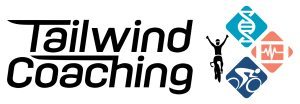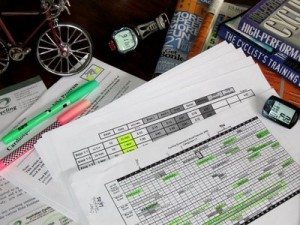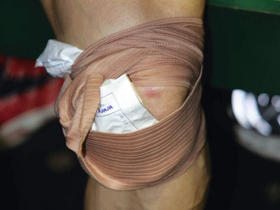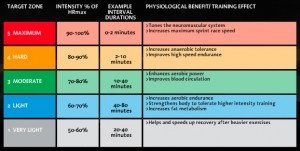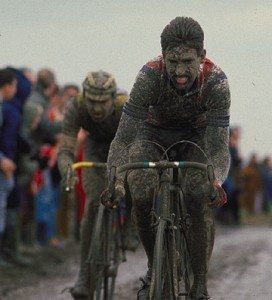Peak Performance Concepts (Podcast #10)
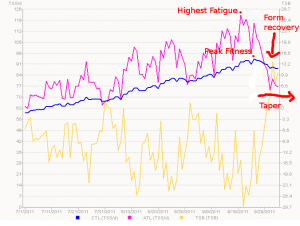 With spring racing in full force, many people are hitting the peak phase of their periodized training plans. Periodized training is a method by which an athlete structures their training towards certain goals, and it consists of a long term, full year picture (macrocycle), smaller blocks of training and recovery (mesocycles, typically 4 weeks long) and the single week’s worth of training and recovery (microcycle).
With spring racing in full force, many people are hitting the peak phase of their periodized training plans. Periodized training is a method by which an athlete structures their training towards certain goals, and it consists of a long term, full year picture (macrocycle), smaller blocks of training and recovery (mesocycles, typically 4 weeks long) and the single week’s worth of training and recovery (microcycle).
Within this concept of periodized training, the ultimate goal of a training block, which I like to refer to as a super-mesocycle (basically a group of 3 or 4 mesocyles bundled together) is a peak performance, usually for an “A” category race. The question most athletes ask is “What exactly is peak performance and how do I get there?” After an event, people often ask me “Why was my performance so poor? Did I not train enough?”
I’d like to suggest that peak performance is not really driven by what happens during the “build phases” of your training plan, and is not really driven by the amount of training you’ve done (to some extent anyway.) You can be one of the fittest riders in the group, but a poor quality “peak” phase can destroy an otherwise strong and fit athlete.
On today’s podcast, we’ll learn what the significance of the “peak” phase is and how we transition from the build phase into a peak performance, including:
- The peaking model
- Building form vs. fitness
- Peak week intensity, frequency and duration
- The importance of “painkillers” in relation to peak performance
- Should you rest the day before an “A” race?
As a reminder, you can get a FREE “Berg Buster” HIT workout by using the code “classicsgift” through April 21st.
Thoughts? Comments? Remember to head over to iTunes and leave a review if you enjoyed the podcast.
Podcast: Play in new window | Download (Duration: 41:28 — 19.0MB)
Subscribe: RSS
